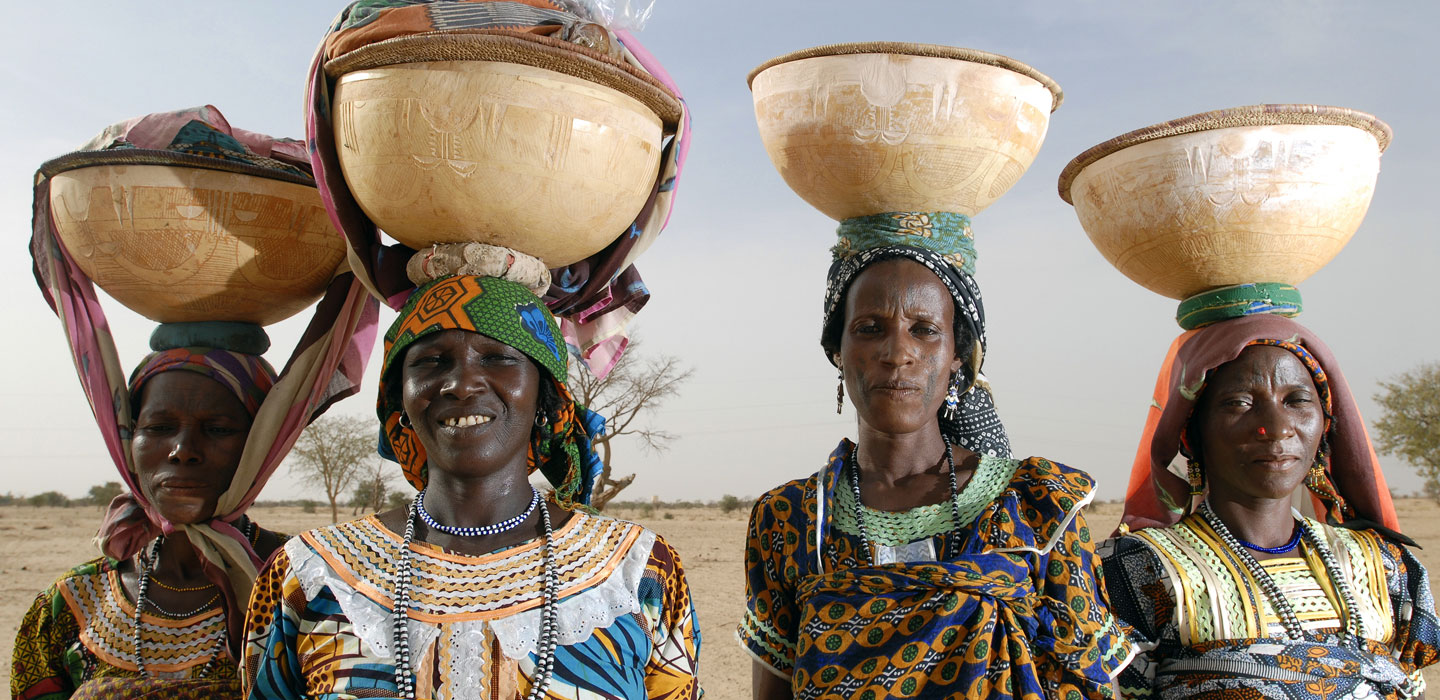Tools and guidelines
Tools and guidelines

Tools and guidelines
Menu Display
SearchResultsFilters
Search Results
How to do note: Livestock value chain analysis and project development
The step-by-step approach to VC analysis and project design follows the basic IFAD project design cycle.Each step is briefly described and followed by guiding questions for the project design team. The VC approach should be adopted early in the project cycle, such as when developing project concept notes for a country strategic opportunities programme (COSOP).
Scaling up note: Ghana
Scaling up note: Indonesia
How to do note: Climate change risk assessments in value chain projects
Scaling up note: Smallholder livestock development
Smallholder livestock production is largely based on family farming and is key to poor rural people’s livelihoods, food security and employment creation.
Lessons learned: Commodity value chain development projects
Toolkit: Commodity value chain development projects
Strong links to markets for poor rural producers are essential to increasing agricultural income, generating economic growth in rural areas and reducing hunger and poverty. Every product that is sold locally, nationally or internationally is often part of an agricultural value chain (VC). From a development perspective, VCs are one of the instruments through which market forces can be harnessed to benefit poor rural women and men – not just producers, but wage earners, service providers and others.
Case study: Gender Action Learning System in Ghana, Nigeria, Rwanda, Sierra Leone and Uganda
GALS has been developed under Oxfam Novib’s (ON) Women’s Empowerment Mainstreaming and Networking (WEMAN) Programme since 2008 with local partners and Linda Mayoux. The use of GALS in value chain development (VCD) was piloted by ON and partners in Uganda through a small IFAD grant (2009- 2011). It was rolled out by ON with local partners in Nigeria, Rwanda and Uganda with the support of a large IFAD grant (2011-2014) and in other countries with cofunding from other donors.
How to do note: Commodity value chain development projects
Agricultural value chain finance strategy and design
This technical note serves as a guide to the design of appropriate programme interventions that apply value chain financing approaches to the development of competitive agricultural value chains.
It emphasizes interventions that promote financial inclusiveness and the overall development goals of governments, as well as those of technical and funding agencies.